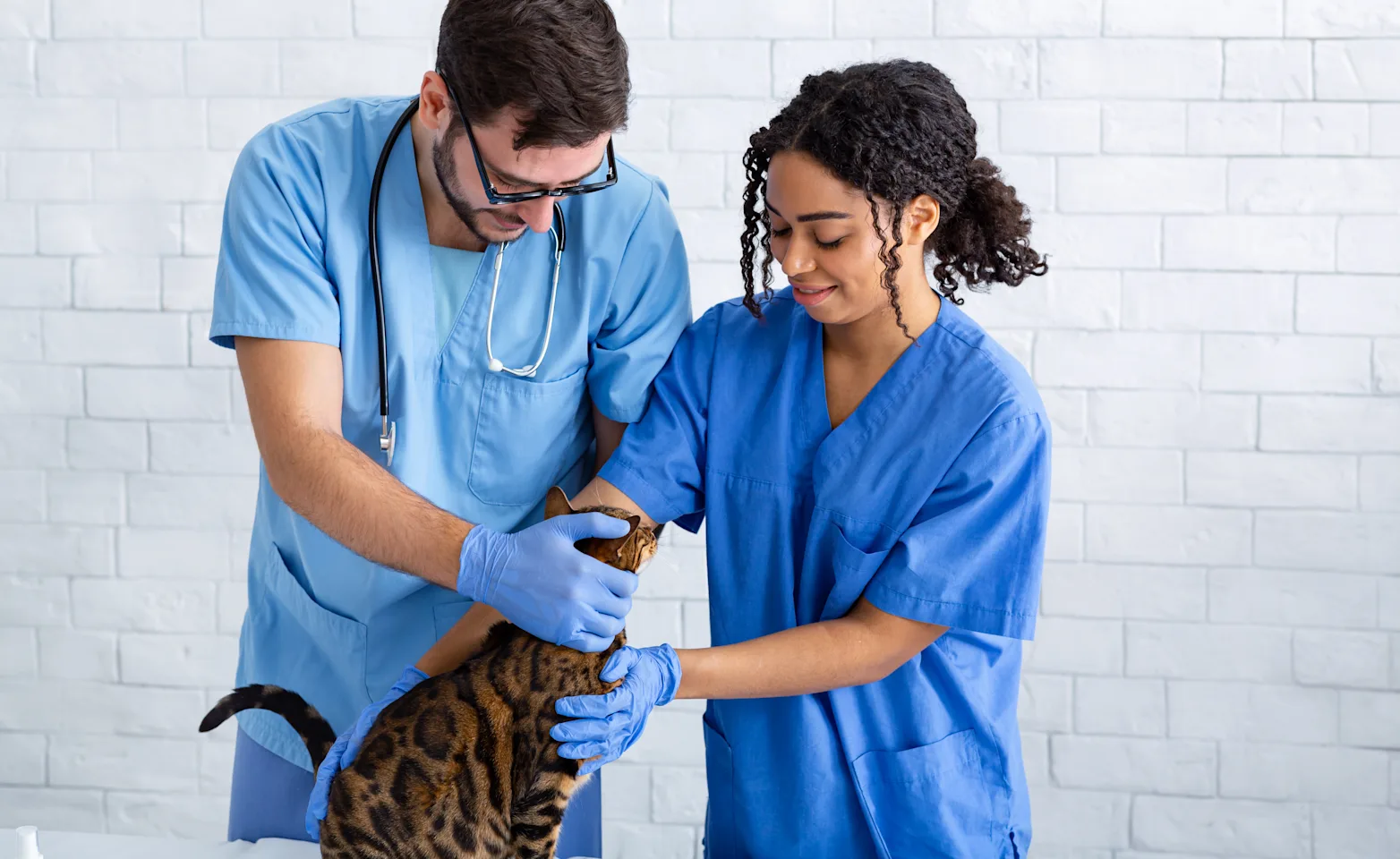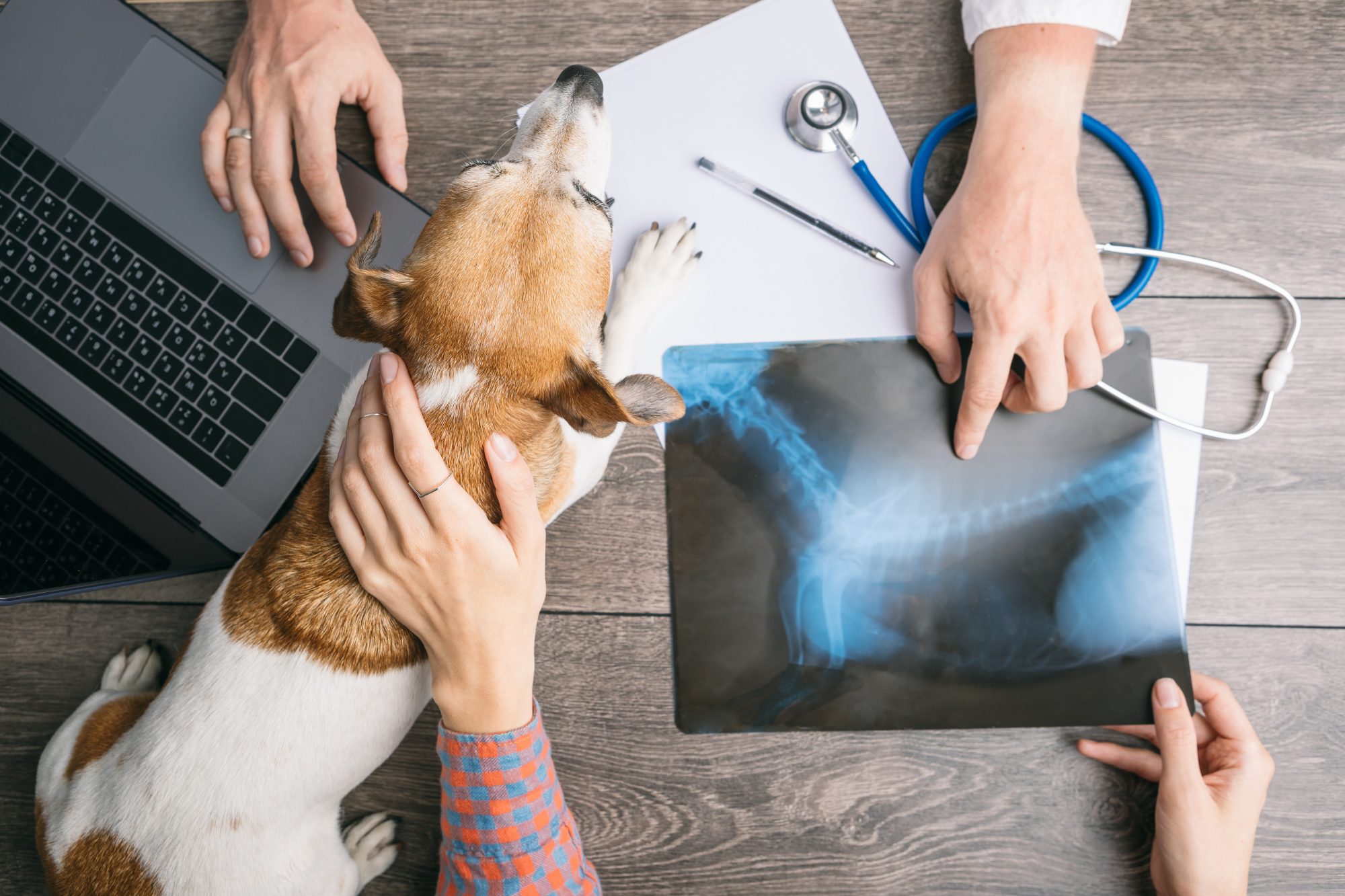All Concerning Vet Surgery: Understanding the Relevance of Expert Take Care Of Your Pets
Veterinary surgical procedure is a critical element of pet healthcare. It encompasses various procedures, from routine elective surgeries to immediate treatments. Comprehending the complexities of these surgical procedures can help pet owners make educated decisions. The preparation, execution, and healing phases are necessary for making certain the well-being of pets. With proper knowledge, proprietors can navigate the complexities of veterinary treatment. What factors should be taken into consideration prior to a family pet undertakes surgery?
Types of Vet Surgeries
When a pet dog calls for surgical treatment, recognizing the different types of veterinarian surgical procedures can assist family pet proprietors make notified choices. Veterinary surgical treatments can be broadly classified into three primary kinds: elective, urgent, and emergency surgical treatments. Elective surgical treatments, such as spaying or neutering, are prepared treatments that are not instantly dangerous. Urgent surgical treatments, like those for international body elimination, have to be done quickly yet are not serious in the moment. Emergency surgical treatments, such as those attending to serious trauma or inner blood loss, are critical and need prompt attention.Additionally, surgical procedures can vary in complexity, ranging from minimally invasive laparoscopic procedures to a lot more comprehensive open surgical treatments. Each kind of surgery carries its own dangers and recovery procedures. Recognizing these groups enables family pet owners to participate in meaningful conversations with veterinarians, resulting in much better results for their cherished pet dogs.
Getting ready for Your Pet's Surgical treatment
Getting ready for a family pet's surgical treatment entails a complete list to ensure all basics are covered. Reliable interaction with the veterinarian is crucial for understanding the treatment and any kind of necessary pre-operative actions - tplo surgery. Furthermore, having clear post-operative treatment instructions will assist owners offer the most effective assistance for their recouping pets
Pre-Surgery Checklist Basics
Guaranteeing a smooth surgical experience for an animal requires mindful preparation and attention to information. A pre-surgery list is vital for family pet owners to follow. Validating the scheduled surgery day and time is important. Proprietors ought to likewise confirm that their animal has actually fasted according to the veterinarian's instructions, generally for 8-12 hours before surgical treatment. Gathering required medical records, including inoculation background, is very important for the vet's review. It is likewise recommended to prepare a comfortable room at home for the family pet's healing after surgery. Proprietors ought to have a strategy for transport to and from the veterinary center, making certain that the family pet is secure and comfy throughout the trip. Complying with these actions can greatly enhance the medical experience.
Connecting With Your Veterinarian

Reliable interaction with the veterinarian is essential for a successful medical experience for pets. Proprietors need to be prepared to review their animal's case history, including any kind of pre-existing problems, medications, and allergic reactions. This details helps the veterinarian assess threats and tailor the medical strategy appropriately. In addition, family pet proprietors ought to ask concerns relating to the treatment, anesthetic, and expected end results to assure they totally recognize the procedure. Clearing up any kind of uncertainties can ease anxiety for both the family pet and the owner. It is likewise important to interact any behavioral adjustments or issues observed in the family pet leading up to the surgical procedure. Inevitably, clear dialogue fosters trust fund and partnership, making certain that animals receive the finest possible care during their surgical trip.
Post-Operative Treatment Instructions
After going over the medical procedure with the veterinarian, family pet proprietors need to concentrate on post-operative care instructions to help with a smooth healing for their pet dogs. These directions usually include monitoring the medical site for signs of infection, such as inflammation or discharge. Pets might need to be kept one's cool and restricted to stop excessive movement that might interfere with recovery. Discomfort administration is vital, so owners need to comply with the vet's assistance on administering medications. In addition, nutritional constraints might be advised to avoid stomach upset. Routine follow-up appointments are essential to assure proper recovery and deal with any kind of problems. By sticking to these post-operative care guidelines, animal proprietors can greatly add to their family pet's healing and general health.
The Surgical Refine Explained
The surgery for family pets includes crucial steps that assure their safety and recovery. Pre-surgery preparations are important for decreasing threats, while post-operative care standards play a vital function in advertising healing. Comprehending these parts helps pet owners navigate the medical experience better.
Pre-Surgery Preparations
Before a family pet undergoes surgical treatment, numerous vital preparations have to occur to ensure a risk-free and successful procedure. A detailed veterinary examination is vital to analyze the animal's general wellness and identify any potential threats. This may include blood tests, imaging, or various other diagnostics. The veterinarian will certainly likewise review anesthesia options customized to the pet's particular requirements. Furthermore, pet dog proprietors are generally instructed to hold back food and water for a defined time before surgery to decrease the danger of complications during anesthetic. It's important for proprietors to supply a total case history, consisting of any medications or allergic reactions, ensuring the medical team has all necessary information. Correct communication and adherence to pre-surgery standards can substantially enhance the end result of the procedure.
Post-Operative Treatment Standards
Appropriate post-operative treatment is necessary for making sure an animal's recuperation following surgical treatment. After the treatment, family pets ought to be kept an eye on carefully for any indications of complications, such as extreme blood loss, swelling, or unusual habits. It is vital to follow the vet's instructions regarding medications, including pain reducers and antibiotics. Family pets need to be maintained in a peaceful, comfy environment to lower anxiety and promote healing. Limiting activity is important; short, leashed walks might be necessary, however leaping or running must be prevented. Normal follow-up appointments need to be set up to analyze the recovery procedure. In addition, the surgical website has to be kept clean and dry, with any kind of signs of infection reported to a veterinarian immediately. Complying with these guidelines improves recuperation end results.
Anesthetic and Discomfort Management
Effective anesthetic and pain administration are essential elements of veterinary surgical procedure, making sure that animals remain comfortable and safe throughout the procedure. Vets evaluate each pet dog's private needs, taking into consideration aspects such as age, weight, health standing, and the kind of surgery being performed.Anesthesia procedures usually consist of a combination of pre-anesthetic drugs, induction agents, and inhalant anesthetics, enabling find a vet for accurate control over the animal's level of consciousness. Surveillance throughout surgical procedure is crucial; veterinarians constantly observe important signs to deal with any type of possible difficulties promptly.Pain administration techniques might entail opioids, non-steroidal anti-inflammatory medicines (NSAIDs), and anesthetics, customized check over here to the pet dog's specific circumstance. This complex strategy aids reduce pain and promotes a smoother medical experience. By focusing on effective anesthesia and pain management, vet specialists enhance the overall welfare of family pets undergoing surgical treatments, guaranteeing they obtain the highest possible criterion of care.
Post-Operative Care and Recuperation
Adhering to surgery, the focus moves to post-operative treatment and recuperation, which is necessary for making certain a family pet's safe return to normal tasks. Throughout this duration, family pets need a silent, comfortable environment to aid recovery. Proprietors ought to carefully monitor their family pets for any indications of pain or unusual behavior.Veterinary guidelines frequently include particular instructions connected to drug administration, wound treatment, and nutritional modifications. It is crucial to comply with these referrals to minimize issues and advertise recovery. Animals may require to be restricted from strenuous activities, such as running or leaping, throughout their healing period (tplo surgery).Regular follow-up consultations with the veterinarian permit tracking of the pet dog's progress and timely adjustments to the care strategy. Offering psychological support and companionship can likewise enhance a pet's healing experience, assisting to minimize stress and anxiety and stress and anxiety. In general, attentive post-operative treatment plays a considerable function in achieving a successful recovery
Recognizing Difficulties After Surgical Procedure
Just how can animal proprietors identify difficulties after surgery? Understanding of particular signs is necessary for making sure the wellness of pets throughout healing. Typical indicators consist of too much swelling, redness, or discharge at the surgical site, which might symbolize infection. In addition, persistent pain, shown by yawping or unwillingness to move, need to prompt immediate focus. Changes in appetite or water consumption can also show problems; a decrease in these behaviors may indicate discomfort or distress.Moreover, animal owners ought to check their pet dogs for any kind of uncommon habits, such as lethargy or difficulty breathing, as these can be signs of serious concerns. Vomiting or diarrhea following surgical procedure might need immediate vet assessment. Identifying these issues early can greatly affect a family pet's healing procedure, stressing the significance of caution and punctual communication with a veterinarian for any concerning signs.
The Role of Vet Professionals in Surgical Treatment
Vet professionals play a crucial role in making sure the security and success of procedures for animals, especially adhering to surgical treatment when checking and treatment are vital. These experts include vets, veterinary professionals, and support personnel, every one of whom add specialized skills to the medical process.Before surgery, veterinarians perform comprehensive assessments to assess the animal's health and wellness, ensuring that any type of underlying conditions are handled. During the treatment, the surgical team offers anesthetic, maintains sterile settings, and monitors vital indicators, very important for minimizing risks.Post-operative treatment is equally considerable; vet professionals observe for problems, take care of discomfort, and guide proprietors on recovery methods. Their competence allows them to identify very early indicators of distress or infection, making sure timely treatment. Eventually, the collaborative initiatives of veterinary specialists in medical treatment foster a secure environment, advertising the health of animals throughout the medical journey.

Often Asked Questions
Just how Do I Choose the Right Vet Doctor for My Family pet?
Picking the ideal veterinary doctor entails looking into qualifications, reviewing evaluations, and evaluating the facility's environment. It is important to assess the surgeon's experience with certain procedures and their communication design when deciding.
What Prevail Misconceptions About Veterinarian Surgeries?
Usual misconceptions concerning vet surgeries consist of ideas that they are always dangerous, unnecessary, or just for emergency situations. Several family pet proprietors undervalue the advantages of precautionary treatments and the ability entailed in vet surgical treatment.
Just How Much Will My Animal's Surgical procedure Cost?
The price of a pet dog's surgery can vary substantially based upon factors such as the sort of treatment, the veterinarian's experience, and geographic area (tplo surgery for dogs). Generally, expenditures range this hyperlink from a few hundred to a number of thousand dollars

Can My Pet Eat Prior To Surgical Treatment?
Prior to surgical procedure, it is typically encouraged that animals avoid from consuming for a specific period. This fasting helps in reducing the risk of complications during anesthetic. Proprietors must consult their veterinarian for specific instructions tailored to their family pet's requirements.
What happens if My Animal Has Pre-Existing Health Conditions?
When a pet dog has pre-existing health conditions, it's crucial for the veterinarian to evaluate these factors prior to surgical treatment. This examination assurances appropriate safety measures are taken, reducing dangers and maximizing the pet's general safety and security throughout the treatment.